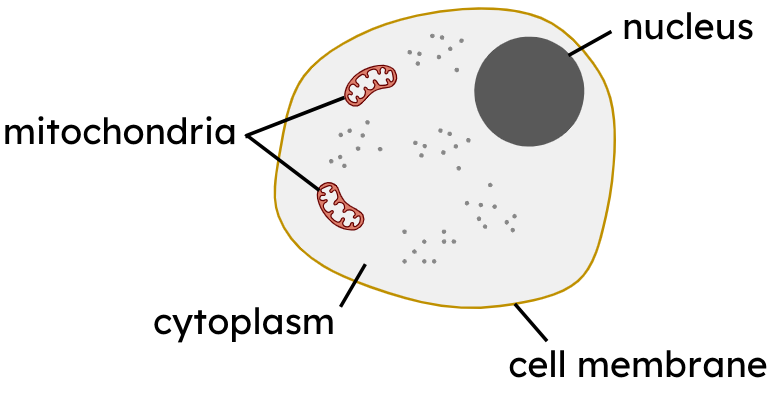Myths about teaching can hold you back
- Year 7
A model of the structure of DNA
I can describe the structure of DNA and evaluate models of it.
- Year 7
A model of the structure of DNA
I can describe the structure of DNA and evaluate models of it.
These resources were made for remote use during the pandemic, not classroom teaching.
Switch to our new teaching resources now - designed by teachers and leading subject experts, and tested in classrooms.
Lesson details
Key learning points
- Genetic material is made of DNA.
- DNA is a long chemical molecule, made of two chains of smaller chemical units joined together.
- All of the DNA in a cell is called the genome.
- The chains are spiralled around one another in a double helix, with links across the middle.
- Scientific models of DNA can be evaluated for their strengths and weaknesses.
Keywords
Genetic material - The genetic material of a cell carries the instructions for inherited features and processes, which are passed from parent to offspring.
DNA - Genetic material is made of a chemical substance called DNA.
Double helix - DNA has a double helix structure made from two chains in a spiral.
Genome - The genome is all of the genetic material of a cell.
Model - Scientists use models as simpler representations of complex things and ideas.
Common misconception
The genetic code and DNA are the same thing.
The DNA is a long chemical molecule made of four different types of chemical units (A, T, C, G). These units make up the genetic code.
To help you plan your year 7 science lesson on: A model of the structure of DNA, download all teaching resources for free and adapt to suit your pupils' needs...
To help you plan your year 7 science lesson on: A model of the structure of DNA, download all teaching resources for free and adapt to suit your pupils' needs.
The starter quiz will activate and check your pupils' prior knowledge, with versions available both with and without answers in PDF format.
We use learning cycles to break down learning into key concepts or ideas linked to the learning outcome. Each learning cycle features explanations with checks for understanding and practice tasks with feedback. All of this is found in our slide decks, ready for you to download and edit. The practice tasks are also available as printable worksheets and some lessons have additional materials with extra material you might need for teaching the lesson.
The assessment exit quiz will test your pupils' understanding of the key learning points.
Our video is a tool for planning, showing how other teachers might teach the lesson, offering helpful tips, modelled explanations and inspiration for your own delivery in the classroom. Plus, you can set it as homework or revision for pupils and keep their learning on track by sharing an online pupil version of this lesson.
Explore more key stage 3 science lessons from the Heredity and DNA unit, dive into the full secondary science curriculum, or learn more about lesson planning.

Licence
Prior knowledge starter quiz
6 Questions
Q1.Which three of these cells store DNA in their nucleus?
Q2.The genetic material of all living organisms is in the form of a chemical molecule called ...
Q3.Which of these images are not a model of an animal cell?



Q4.Choose the image that represents DNA.




Q5.Starting from the smallest, put these structures in order of size.
Q6.Match each keyword to its correct definition.
Living building block of all organisms.
A chemical molecule that carries the genetic code.
Carried by DNA it gives instructions for inherited features.
It stores the DNA in animal, plant and fungi cells.
Assessment exit quiz
6 Questions
Q1.Which one of these is not a feature of DNA?
Q2.Which of these images are models of DNA?



Q3.Evaluating a model in science means to identify what?
Q4.DNA carries the that provides the instructions for all inherited features and processes.
Q5.Choose which of the options below are analogies.
Q6.In this model of DNA, what feature is missing?



